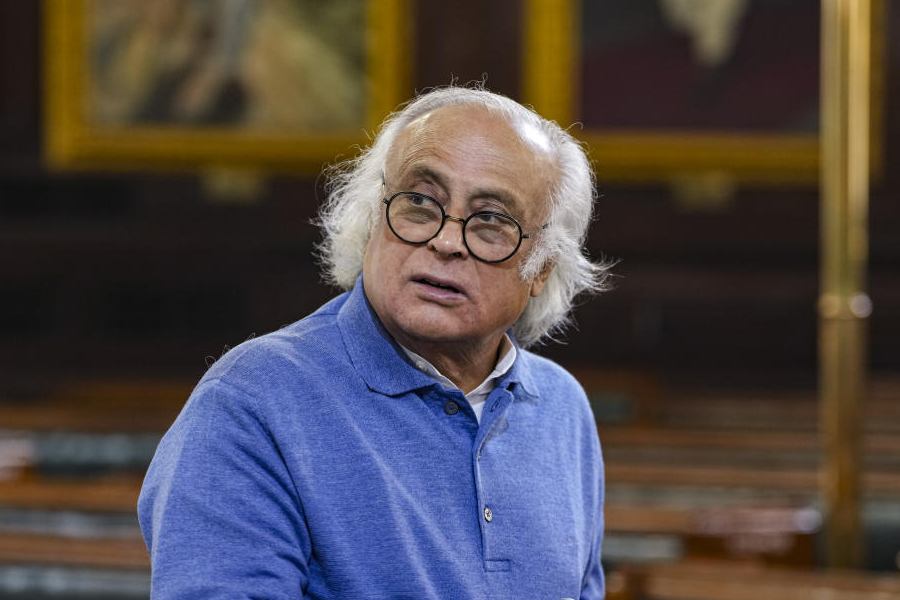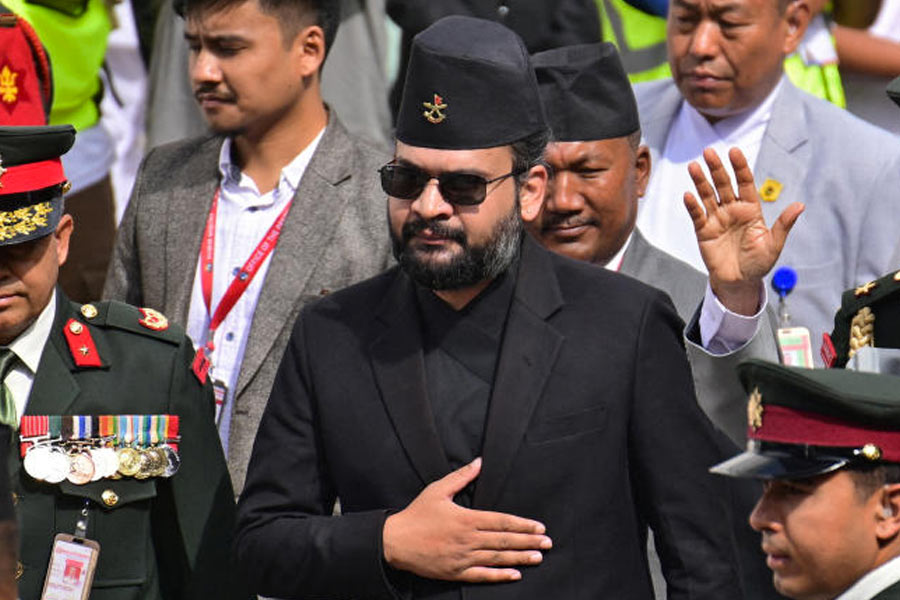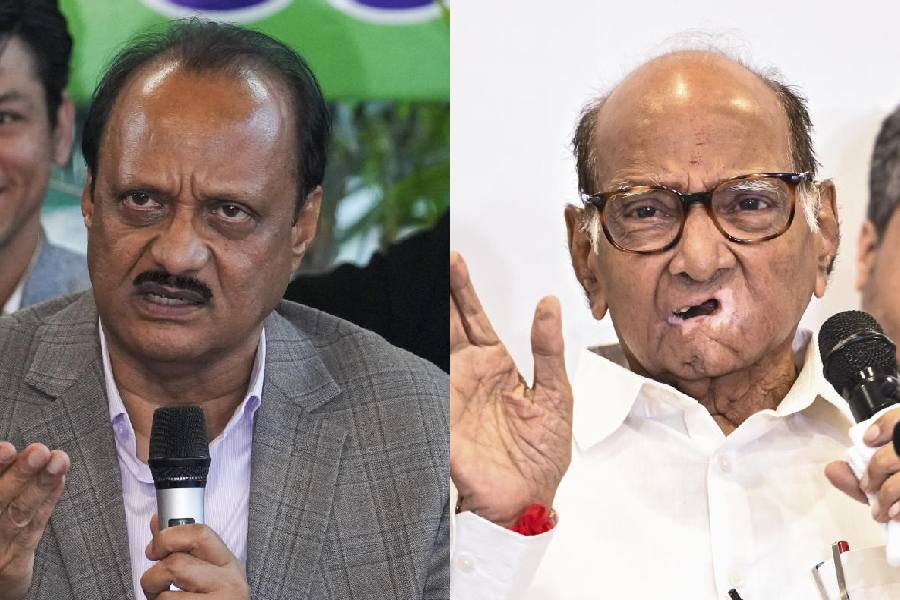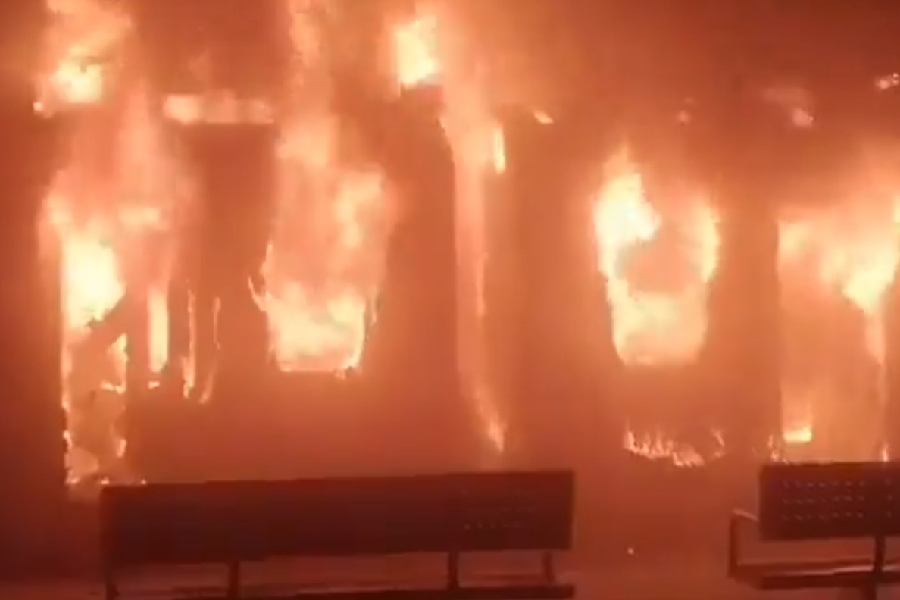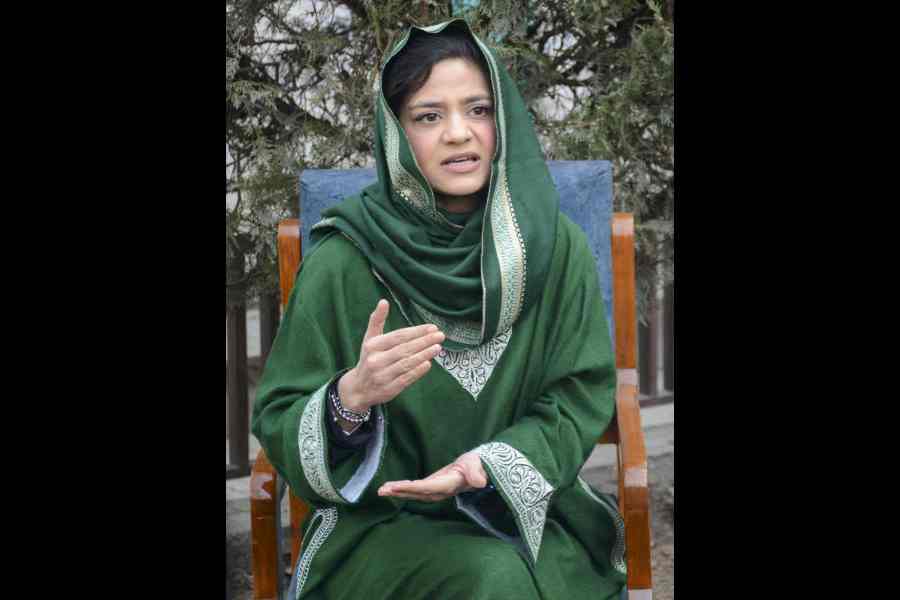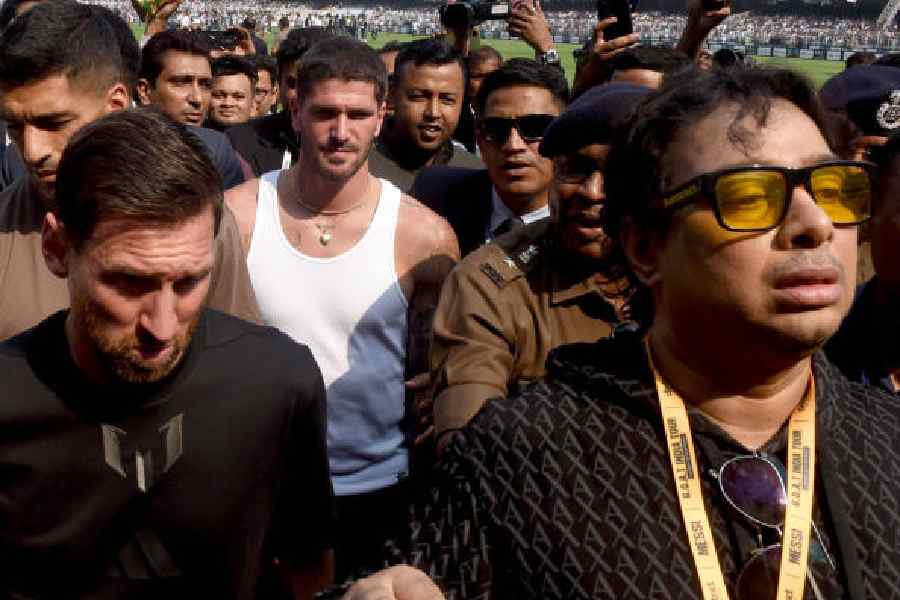New Delhi, July 9: Chinese troops came into India-claimed territory in south-eastern Ladakh on June 17, took away a surveillance camera and returned it after a protest, Indian Army sources have confirmed.
The incident happened on a hilltop feature near Chumar, two weeks before defence minister A.K. Antony was in Beijing for a visit that the government said had resulted in an understanding to enhance confidence-building measures.
The Chinese patrol that cut wires and took the digital camera was seen by Indian troops. The camera was linked to an Indian Army camp using “jugaad” — locally rigged — technology by a Northern Command signals unit. Indeed, the name of the video camera — and there are many used along the border — in the army is “jugaad”.
On June 19, two days after the camera was taken away, the Indian side lodged a protest. The camera was returned at a flag-meeting at Spanggur Gap, near Chushul.
Indian Army installations at Chumar figured in talks after Chinese troops set up a camp in Raki Nala, eastern Ladakh, on April 15 leading to a three-week tent war.
Indian government sources had claimed after the withdrawal of the Chinese encampment on May 5 that the “incursion” in Raki Nala was resolved “at the price of a tin shed”, probably in Chumar, more than 200km from Raki Nala. The Indian side had wanted a return to pre-April 15 positions.
Though there was no official confirmation of why the Chinese had marched into Raki Nala, there have been admissions from within the army that the Chinese were objecting to Indian military infrastructure near Chumar.
Chumar is in south-eastern Ladakh and overlooks Chinese positions on two sides. The video camera was said to have been on a knoll and was capable of relaying footage to an Indian Army position 7-8km behind.
The hilltop feature, probably known as Zhipugi Arla is buffeted by high winds and extreme weather that made it difficult for it to be manned all the time.
The army had at first mounted the camera on a mast and then to protect it had given it a cover. That cover was removed earlier. Army sources now said the camera was not functional. There was no word on why the camera was taken away and whether the data in it was recoverable.
From the knoll, it was possible for patrols to sight movements to and from a Chinese PLA encampment.
Though information on what really transpired is available only from Indian Army sources, the pattern of military movements in eastern Ladakh suggests that the militaries are jostling for strategic higher ground. In Chumar, unlike most stretches of the undemarcated Line of Actual Control, the Indian Army is said to be at a more advantageous position.
Defence ministry sources claim that Antony’s visit to China was aimed at addressing issues like these that threaten peace on the disputed border. A proposal for hotline connections between China’s Lanzhou Military Region command and Udhampur, where the Indian Army’s Northern Command is headquartered, and another between Chengu and Fort William, Calcutta, has been in the works for three years now.
Antony and his counterpart, General Chang Wanquan, agreed that senior military commanders from service headquarters and field formations will exchange visits regularly on a mutually agreed annual schedule.


